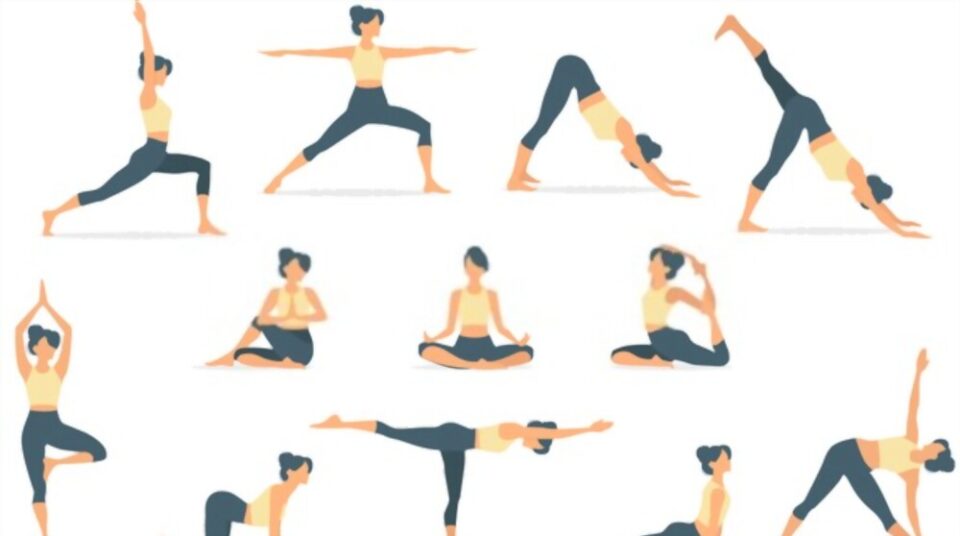What is stretching in sports and when and how we have to do stretching? When you practice regular physical activity, it is (really) advisable to stretch. Yes, but when? And how? Felix Fit LLC tells you everything.
Do you want to buy women’s sport wears welcome to Felix Fit LLC? Our products (Women’s Leggings, Women’s Tights, Women’s Exercise Sets, Women’s Sports Wear, Breathable Height Waist, and Yoga Sets, Yoga Pants) are super gentle on the skin, ecological, ensuring natural thermo-regulation and odor control and if you are a woman and you love sports you are in the right place you can buy the best sculpt capris from our online store.
“ We have to differentiate between flexibilities and stretching ”. The flexibility improves range of motion and can be made at a session devoted to this. The stretches are designed rather than lengthening a muscle or muscle group to its maximum amplitude.
Stretch before: especially not!
Stop preconceived ideas.
Would stretching before exercise help prevent cramps and injuries? False!
If I stretch before my session, will I perform better?
All the studies are unanimous: “upstream” stretching is contraindicated. “ On the other hand, there are stretches that can be used as a warm-up but they will be done in submaximal force. In other words, you have to find the right intensity so as not to reach maximum voltage, ”recommends the health advisor. “ It’s tricky because you have to know your body to stretch before an effort. This is why the opinion of a physiotherapist is important. If you stretch a cold muscle too hard, you can injure yourself, ”warns our practitioner.
Stretching: When, How, And For What?

If you really need a “front” stretch, it can be dynamic and mimic a repeated gesture. But no more than 30 seconds : if it lasts longer, it will decrease the elasticity of the muscle, and therefore its ability to restore energy, which will affect your sports performance.
Stretch for: even less!
” I am against “, again indicates. “ After a split session, if we take the example of a runner, the muscle fibers have necessarily undergone microtrauma, microlesions, or contractures due to accelerations. Stretching could then cause an injury. Worse: the athlete would only feel the pain when cold, due to the increase in endorphins during exercise. In short, stretching a hot muscle is like sticking a knife into a steak.
Stretch after: yes but …
Stretching realigns the fibers together and loosens this blockage. The ideal would be to wait fifteen minutes. Time for a return to calm. Unfortunately, most of the time people are in a hurry to get home and don’t take the time to wait before stretching. It is wrong. “
Stretching: When, How, And For What?

These precautions are taken, ” stretching after the effort contributes to the well-being of the body, I would even say to the recovery, by reducing the sensation of stiffness, assures Jhon smith, who recommends to combine stretching with breathing as much as possible. . His advice? “ We tension the muscle by inhaling then we stretch while exhaling for six seconds and finally, we release. You should feel tension, but not pain.”
Read also It’s Time To Spend A Weekend In Berlin
And how long?
Allow about 10 minutes of static stretching. It all depends on the muscle groups used during the practice.
What about the rest of the time?
The stretches and exercises for the development of flexibility should be part of your workout routine. Because in addition to increasing your own abilities, they reduce the risk of injury. To think about it (and stick to it), nothing better than to ritualize these sessions when you wake up or before going to bed, or even during your breaks at work!

